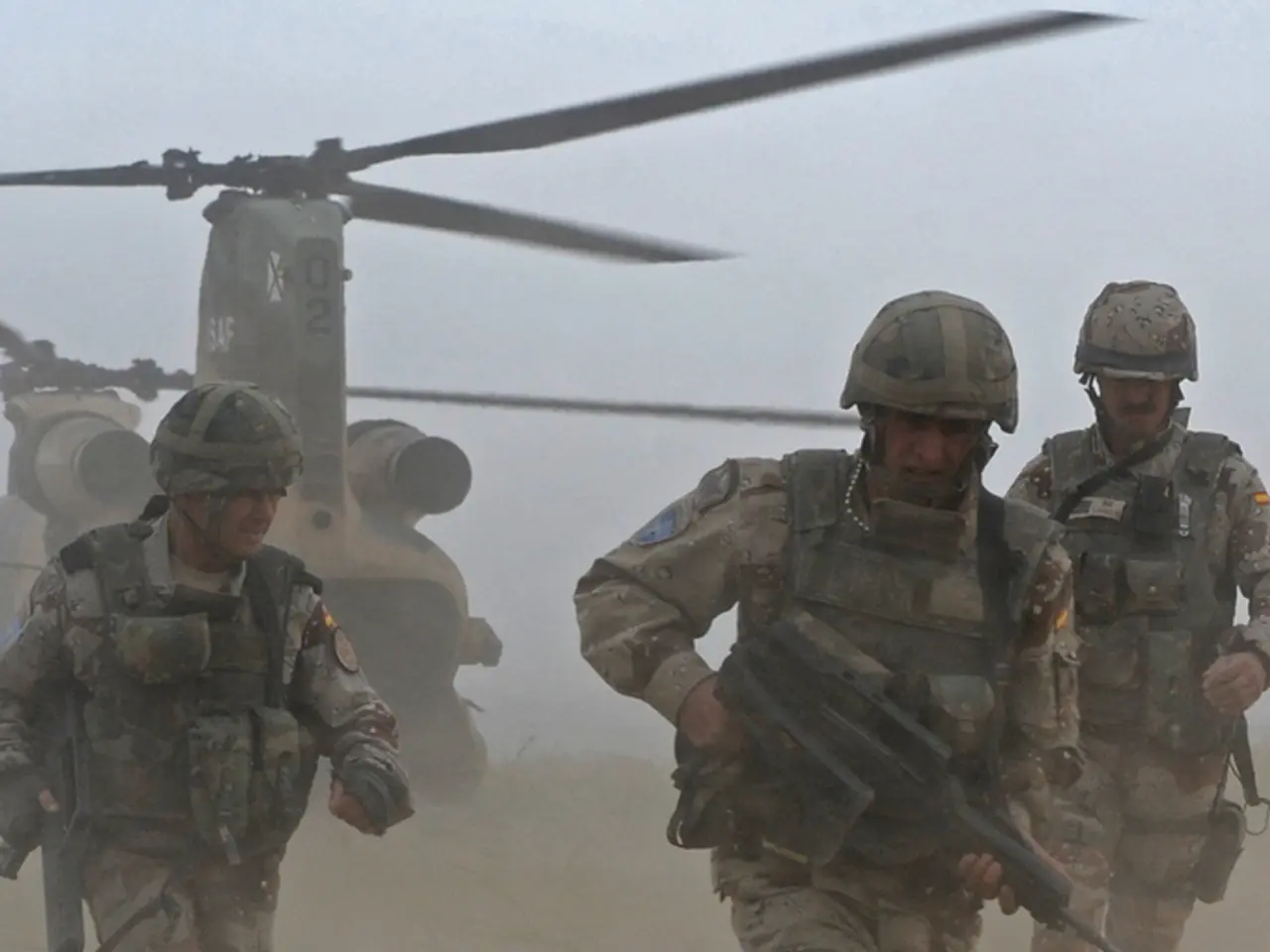Tactics, Techniques, and Procedures (TTP) refers to the specific methods, strategies, and actions employed by an group or individual, particularly in the context of military, cybersecurity, or intelligence operations.
In the dynamic world of drone technology, Tactics, Techniques, and Procedures (TTP) have emerged as adaptive frameworks that ensure effective, safe, and coordinated drone missions and operations. These frameworks are developed based on real-world use cases, pilot experience, regulatory requirements, and continuous testing.
Key ways TTPs are used and developed in drone missions and operations include:
- Live Exercises and Testing: Military units, such as Marines conducting live-fire tests at Camp Lejeune, use real-world exercises to observe drone performance alongside traditional weapons systems. Lessons from these exercises help develop TTPs that address coordination, safety, and mission integration.
- Integration of Drones into Traditional Missions: Air Task Forces like the U.S. 21st Air Task Force incorporate small unmanned aerial systems (sUAS) into their mission frameworks, developing new TTPs that allow multi-disciplinary teams to operate drones in contested or austere environments effectively.
- Countering Threats and Enhancing Offensive Capabilities: Developing TTPs to counter enemy air defenses and seamlessly integrate long-range aerial weapons with drone systems is another focus area.
- Use of Emerging Technologies: TTPs evolve with the adoption of technologies like Remote ID, which supports regulatory compliance, airspace safety, and accountability during operations, enabling more complex missions.
- Rapid Adaptation and Innovation Culture: The drone industry fosters a culture of rapid development and dissemination of new TTPs, facilitated by operational warfare research and development, ensuring drones can adapt to emerging threats and technological advances quickly.
Operators use TTPs to maintain consistency and safety during operations. TTPs guide how operators plan, deploy, and manage UAVs for tasks such as surveillance, target acquisition, and emergency response. In advanced platforms, software may automate certain TTPs.
During flood response operations, for instance, drone teams follow TTPs that include a wide-area scan using infrared sensors, a grid-based search to identify trapped individuals, and real-time image transmission to rescue teams. TTPs can be adopted or customized by private drone companies for compliance, safety, and efficient data collection.
Jacob Stoner, CEO of Flyeye.io, is a licensed commercial drone operator in Canada and a highly respected figure in the drone industry. His passion lies in the potential societal impact of drone technology advancements. Eno Umoh, co-founder of Global Air Drone Academy (GADA), also plays a significant role in the drone industry.
TTPs consist of three interconnected components: Tactics, Techniques, and Procedures. Techniques explain how to implement those tactics, while procedures provide step-by-step instructions to ensure techniques are executed precisely and safely. TTPs help teams remain synchronized in defense operations or civilian applications like disaster mapping.
In conclusion, TTPs in the drone industry serve as a dynamic and iterative set of operational guidelines, developed through testing, training, technological integration, and strategic adaptation to optimize drone effectiveness and safety in both combat and civilian missions.
- To enhance the safety and efficiency of flood response operations, the use of Tactics, Techniques, and Procedures (TTPs) guides drone teams in deploying wide-area scans with infrared sensors, executing a grid-based search to identify trapped individuals, and transmitting real-time images to rescue teams.
- In the realm of data-and-cloud-computing, emerging technologies like Remote ID may support regulatory compliance, airspace safety, and accountability during drone operations, leading to more complex threat detection capabilities with advanced platforms, automating certain TTPs for efficient data collection.




